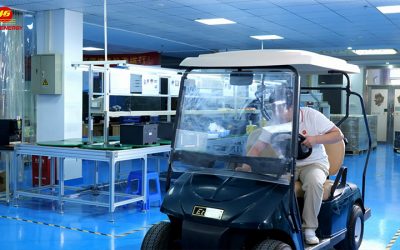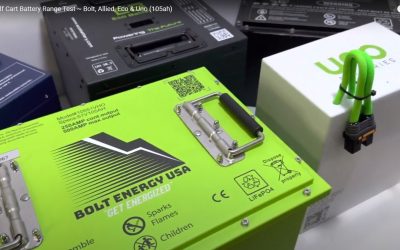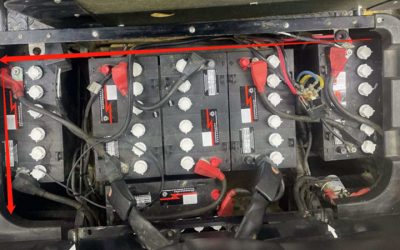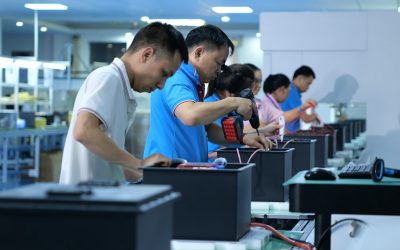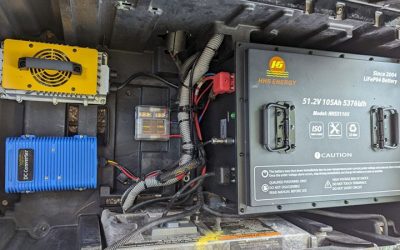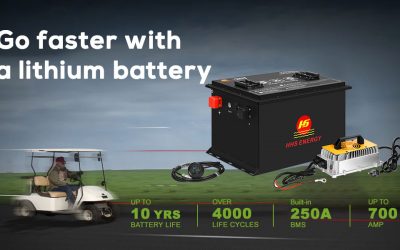How to build a golf cart battery with 3.7v 18650 batteries?
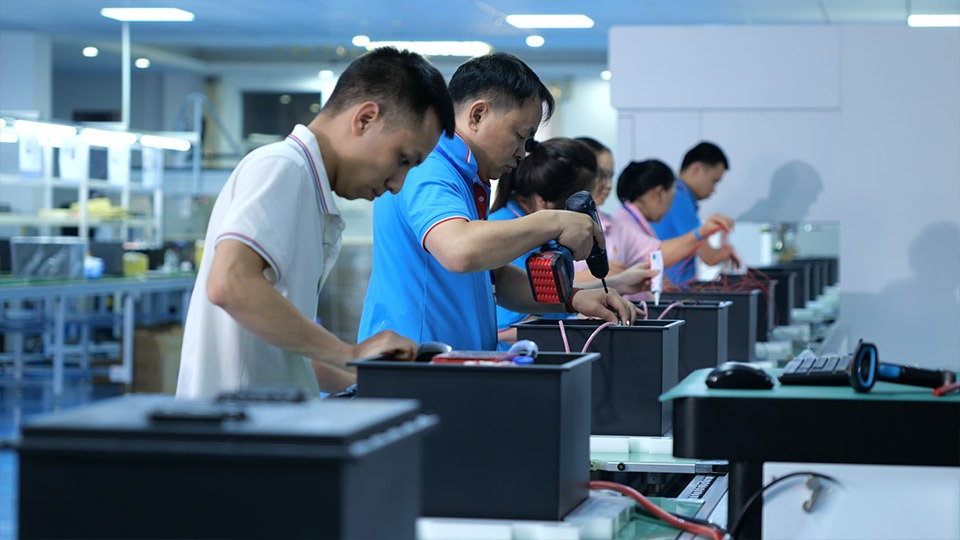
Building a golf cart battery using 3.7V 18650 lithium-ion cells is possible, but it requires careful planning, electrical knowledge, and appropriate safety measures. Here’s a step-by-step guide to help you build a lithium battery pack for your golf cart.
1. Determine Your Golf Cart’s Voltage and Capacity Needs
First, decide the voltage and capacity (Ah) you need for your battery pack, which depends on your golf cart’s motor and power requirements. Most golf carts run on 36V, 48V, or 72V systems, and the capacity (Ah) you’ll need varies based on how far and how long you want to drive.
- For a 48V battery pack, you’d need to connect 13 cells in series (3.7V x 13 = 48.1V).
- Capacity (Ah) is determined by how many parallel groups you use, which increases the energy storage.
2. Plan the Battery Configuration
Using 18650 cells, you will need to build a battery pack in a series-parallel configuration:
- Series Configuration: This increases the voltage. For a 48V system, connect 13 cells in series.
- Parallel Configuration: This increases the battery capacity (Ah). The more parallel rows of cells you add, the more capacity your battery will have. For example, if you want a 100Ah battery, and each 18650 cell has 2.5Ah, you would need 40 cells in parallel (100Ah ÷ 2.5Ah = 40).
3. Components You Will Need:
- 18650 Cells: Buy high-quality cells with a high discharge rate. Be sure to get spot-welded cell holders to properly assemble them.
- Battery Management System (BMS): A BMS is crucial to balance the cells, protect from overcharge/overdischarge, and manage the battery pack’s safety.
- Nickel Strips: These are used to connect the cells in series and parallel.
- Spot Welder: To connect the nickel strips to the battery cells. Avoid soldering directly to the cells as heat can damage them.
- Bus Bars or Heavy-Duty Wires: For the final connection of the battery pack to the golf cart.
- Insulation and Enclosure: Proper insulation material to prevent short circuits and an enclosure to safely house the battery cells.
4. Assemble the Battery Pack
- Step 1: Lay out the cells in the series-parallel configuration. For example, for a 48V 100Ah pack, you’ll need 13 cells in series and 40 rows in parallel (520 cells total).
- Step 2: Spot weld the cells together. Use nickel strips to weld the positive end of one cell to the negative end of the next in the series, forming your 48V series connection.
- Step 3: After the series connections, parallel the groups of cells. For each series group, connect them in parallel to increase the capacity (Ah). For 40 parallel cells, you’ll have one positive and one negative wire for each series group.
- Step 4: Install the Battery Management System (BMS). The BMS will ensure all cells charge and discharge evenly. Connect the BMS to each series group as specified by the BMS instructions.
5. Charge and Test the Pack
Before installing the battery pack in your golf cart, fully charge the pack using a lithium-compatible charger and check the voltage across the pack. Once charged, perform a capacity test and ensure all cells are balanced and functioning properly.
6. Install in Your Golf Cart
Once the battery pack has been assembled and tested, you can connect it to your golf cart’s motor controller. Ensure you use the appropriate wiring and connectors for your golf cart’s power requirements.
Safety Considerations
- Fire Risk: Lithium batteries can catch fire if shorted or overheated, so proper insulation and a secure enclosure are essential.
- BMS Protection: The BMS is critical to prevent overcharging, over-discharging, and cell imbalance. Never skip installing a high-quality BMS.
- Cooling: Lithium batteries can generate heat under load. Ensure the battery pack is properly ventilated.
Example Configurations
- For a 48V 100Ah battery pack:
- 13 cells in series (3.7V each = 48.1V)
- 40 parallel cells for each series (total = 520 cells)
- For a 36V 100Ah battery pack:
- 10 cells in series (3.7V each = 37V)
- 40 parallel cells for each series (total = 400 cells)
Final Thoughts
Building a lithium-ion battery pack from 18650 cells for your golf cart can save money and give you greater control over battery specifications, but it requires technical knowledge. If you’re unfamiliar with battery technology, consider consulting an expert or purchasing a pre-assembled lithium battery pack specifically designed for golf carts. HHS ENERGY: Golf Cart Lithium Battery Manufacturer www.golf-energy.com
